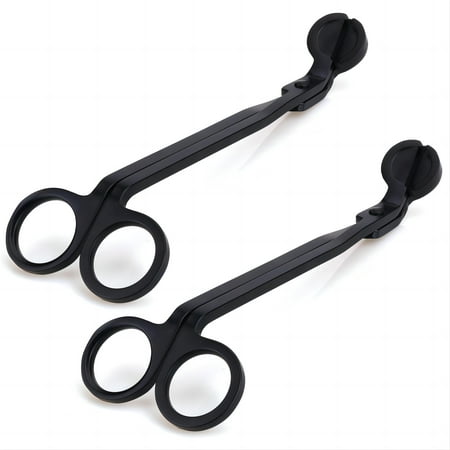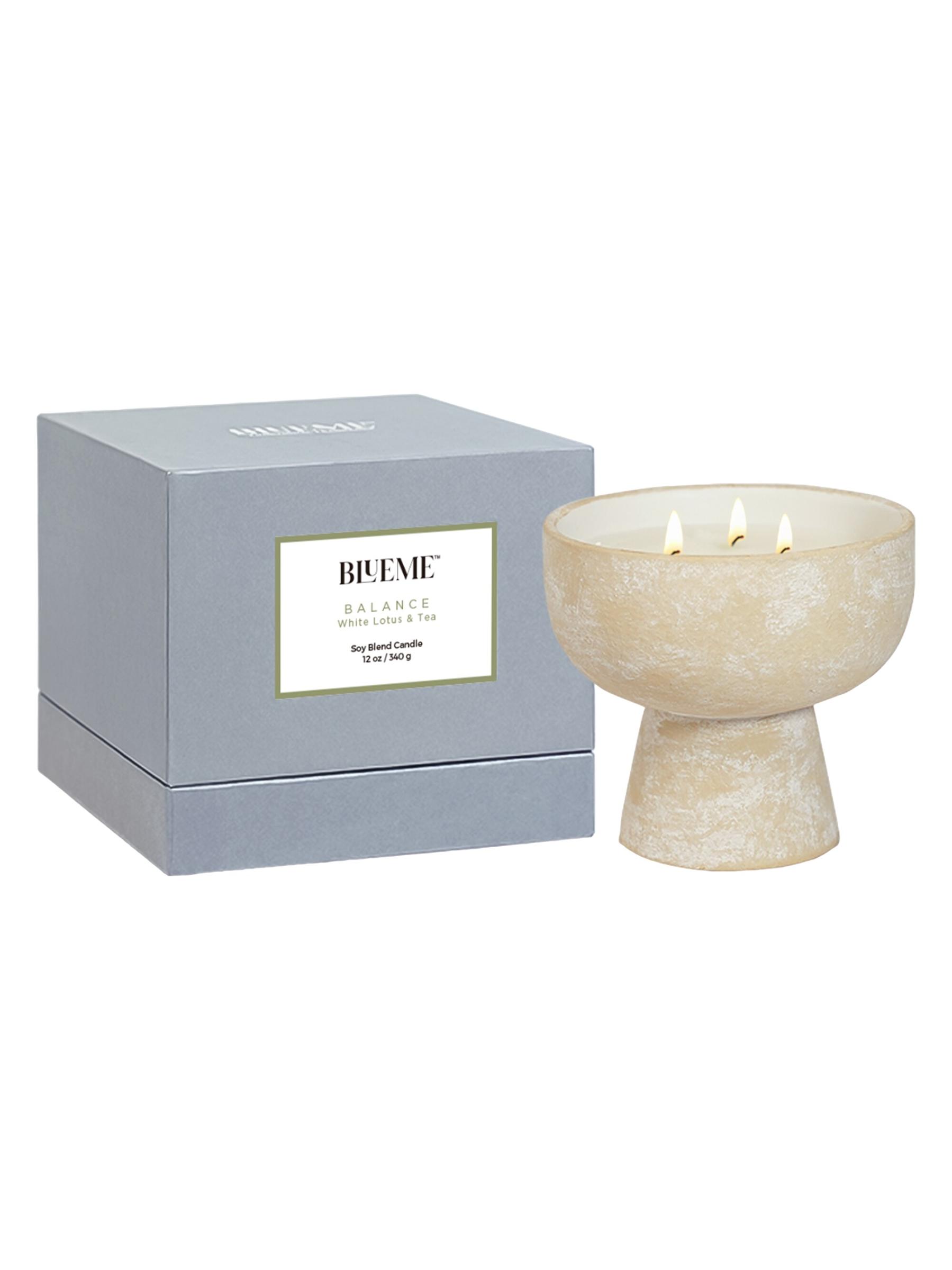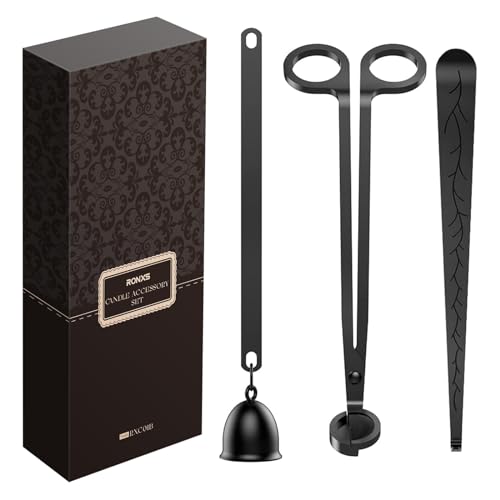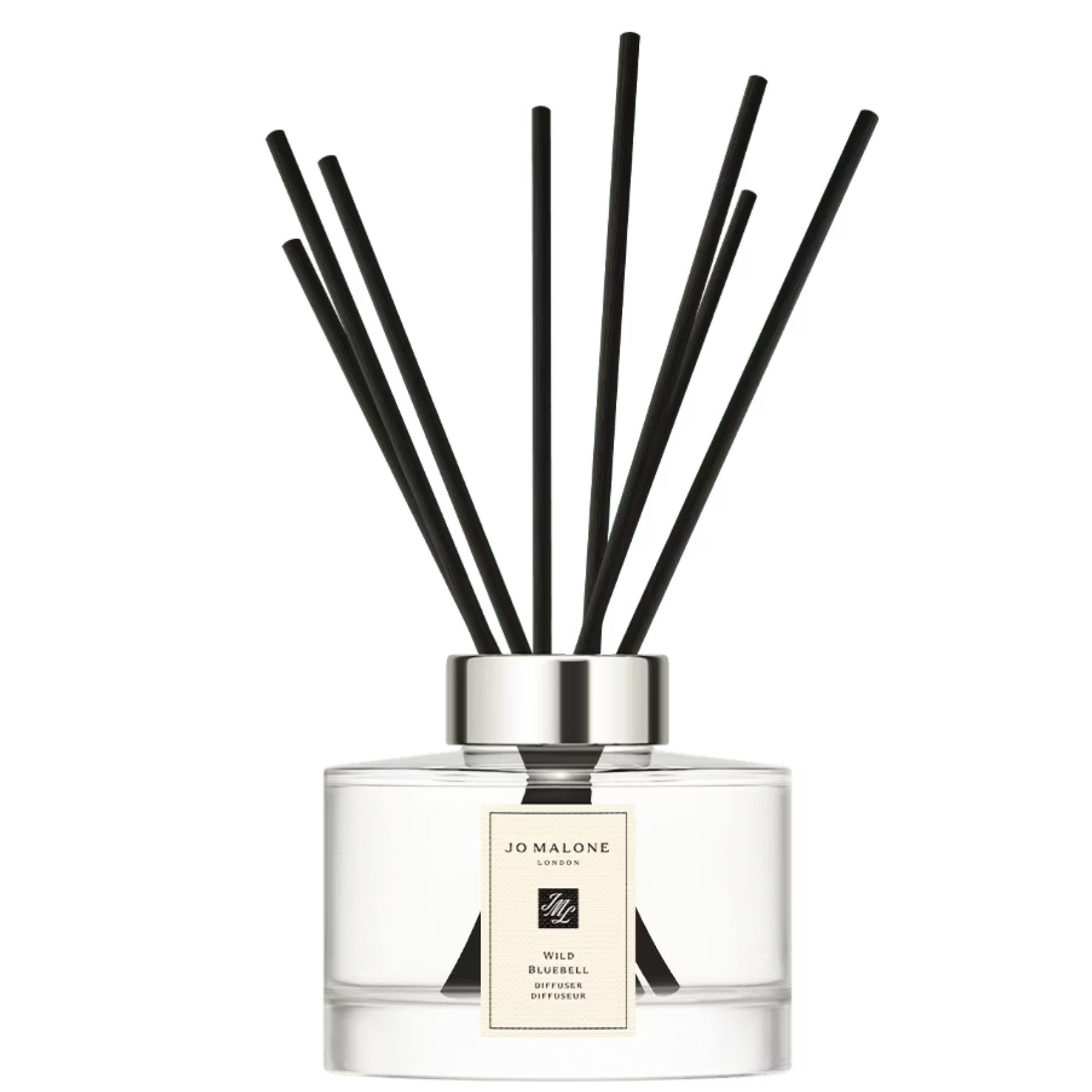You're probably burning your candles wrong – here’s how to fix the 11 most common mistakes
These burning mistakes aren’t just a nuisance, they can be dangerous to your home, too

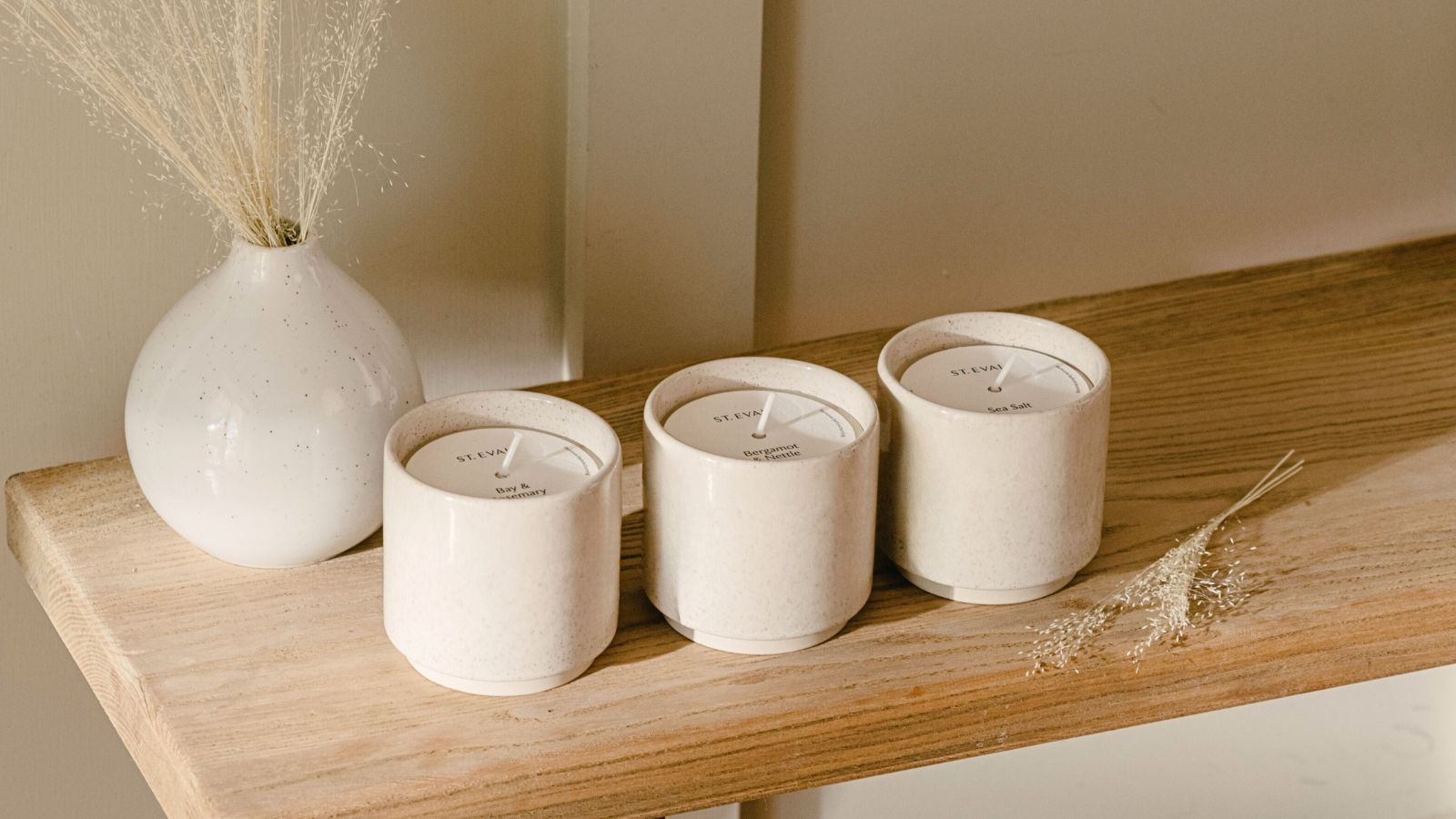
- 1. Not trimming wicks
- 2. Not burning long enough
- 3. Not fixing tunneling
- 4. Burning in a drafty spot
- 5. Burning on the wrong surface
- 6. Poor quality wax
- 7. Blowing candles out, not smothering
- 8. Burning them under something
- 9. Letting wicks drown
- 10. Not recentering the wick
- 11. Using candles too often
There is nothing like the flickering glow of a lit candle and the lovely scents they fill your room with, especially in the cooler months of fall and winter. However, contrary to popular belief, it is not as simple as lighting it up and leaving it be.
No matter if you light them to make a house smell nice, to set a mood, or to make a house look cozy, making some common candle-burning mistakes can drastically shorten their lifespan, affect their scent, and pose a fire hazard to your home.
Here, candle experts shed some light on the 11 most common candle burning mistakes you might be making and teach us how to burn a candle correctly.
The top candle burning mistakes
There is, of course, more to a good candle burn than how you burn it. The quality of your candle, the vessel it is in, and the wick also play a part.
That being said, even the best candles need close care and attention to keep them burning evenly. Here is how to get your money’s worth.
1. Not properly trimming wicks
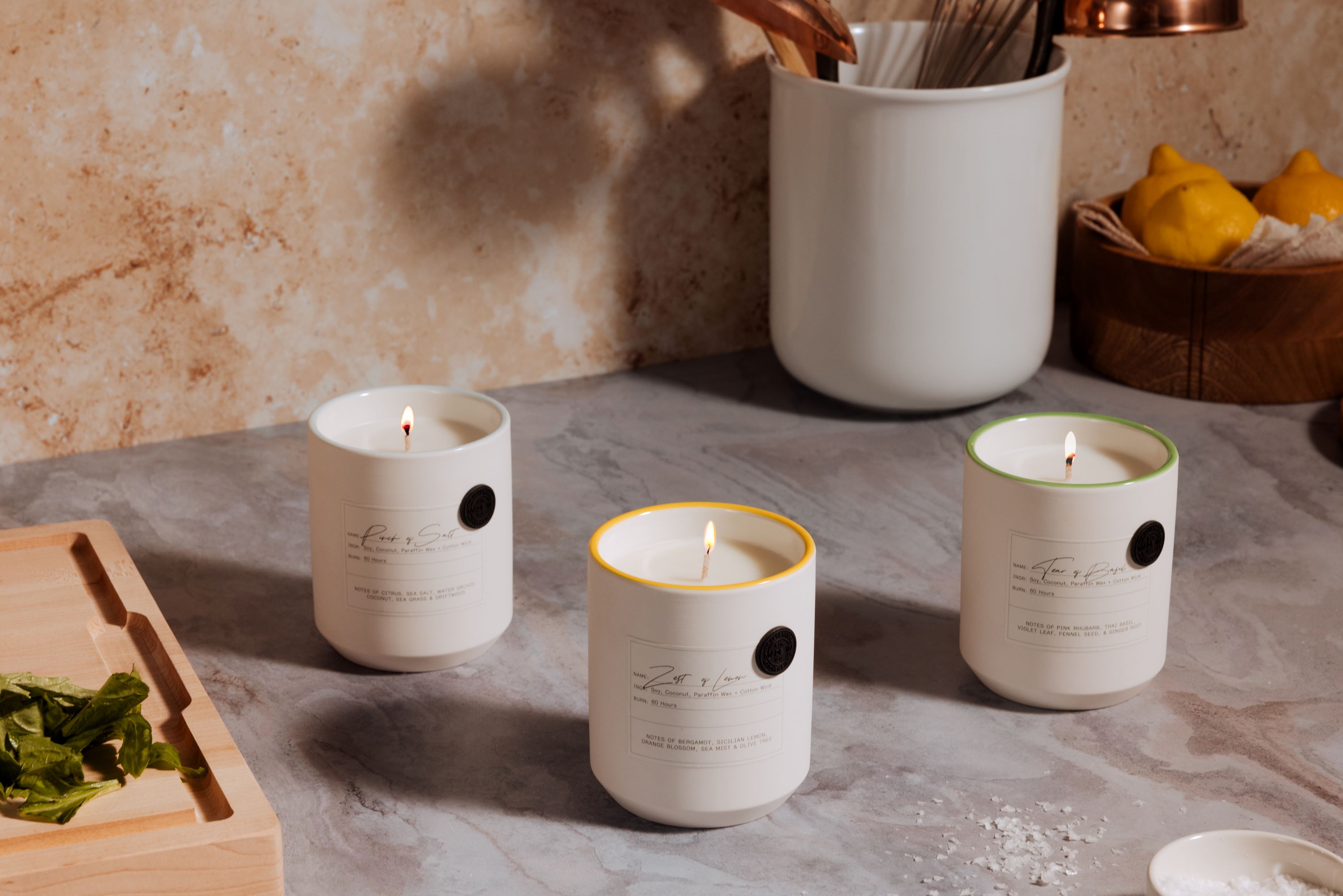
One of the most important candle care steps you should take no matter what candle you are burning is trimming the wick. Not only does having a wick trimmer, at Amazon, help the candle burn more evenly, but can help to avoid a fire hazard, warns Brandon Stevenson, CEO of Moment at Home, candle specialists.
‘I can't tell you how many times I've seen a candle in a friend or family member's house with a huge flame, untrimmed wick, and wick residue in the melt pool,’ he begins. ‘Generally, the rim of these candles is covered in soot as well. While I will not say that it's impossible that the candle itself was a poorly designed candle, chances are that these problems are created by not trimming the candle wick.
Design expertise in your inbox – from inspiring decorating ideas and beautiful celebrity homes to practical gardening advice and shopping round-ups.
‘The general rule is to trim your wick every time you burn your candle. Cotton wicks should be about 1/4 inch long, you should remove any remnants from the wax pool, and cut off any excess wick or 'mushrooming' of the wick to help prevent spitting or smoke.'
If you do not trim the wick, not only will the performance of the candle decline, but chances are that it will not last as long either.
2. Not burning your candles long enough
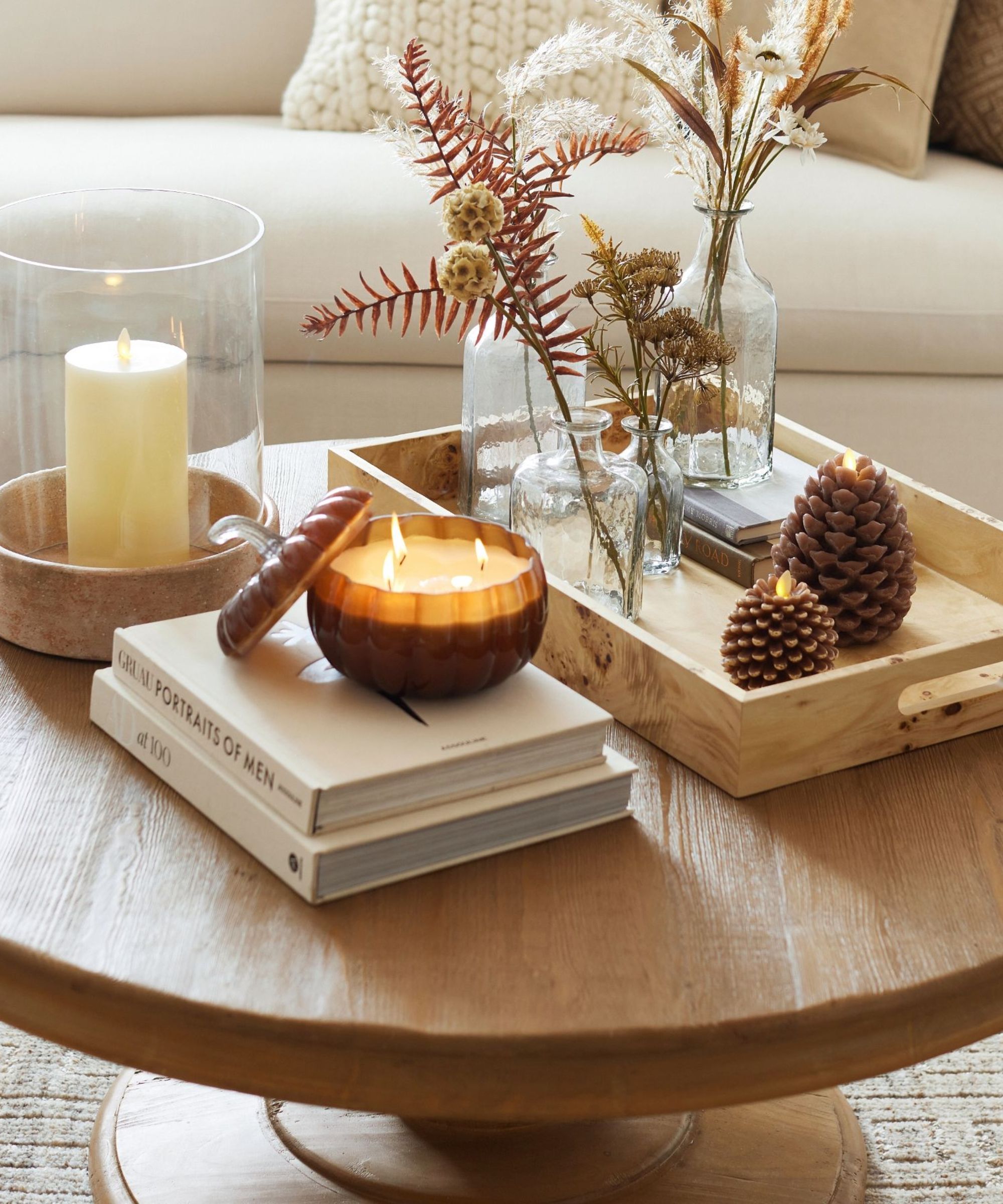
If you are lighting a candle to make your home smell nice, it is poor practice to blow it out as soon as you notice the scent in your living room. Not only will the fragrance dissipate too soon, but you will create a tunnel down the center of your candle, with untouched wax on either side, that will prevent your candle from burning evenly.
‘How and where the consumer uses the candle plays a big role in tunneling. When burning a candle for the first time, it's essential to allow the wax to melt evenly across the entire surface,’ explains Laura McCann, candle expert and CEO at ADORAtherapy. ‘This helps prevent tunneling from occurring in subsequent burns. If the first burn doesn't create an even wax pool, a memory ring can form, causing the candle to tunnel in subsequent burns.’
That being said, it is important to avoid burning your candle too long and wasting the wax and fragrance. Birdie Hansen, founder, and CEO of Effing Candle, says, 'You need to monitor your burn time. Really, you should burn your candle for one hour for each inch in vessel diameter. More than that and the vessel can get too hot and explode.
‘Also try to give your candle a day or two off in between burns. The harder the wax, the slower it burns, so letting the wax harden between burns may help your candle last longer,’ she adds.
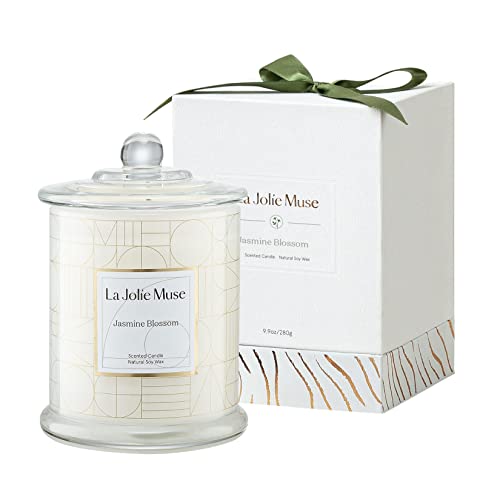
Jasmine essential oils are touted as a natural remedy for stress. This stress relief candle will fill your home with a strong heady, long-lasting scent helping you unwind at the end of the day.
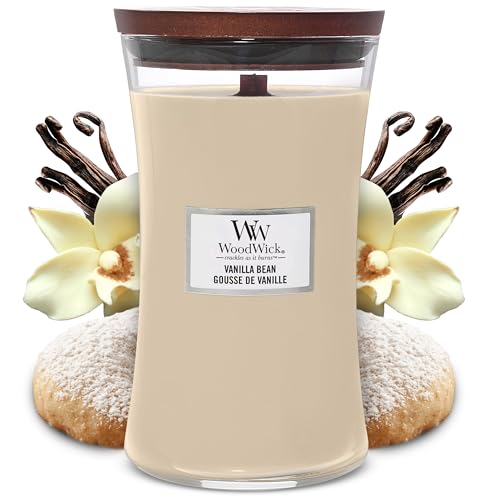
I love gourmand scents for my home. I love the vanilla Woodwick candles for their deep baked good scents and gentle crackling sound as they burn.
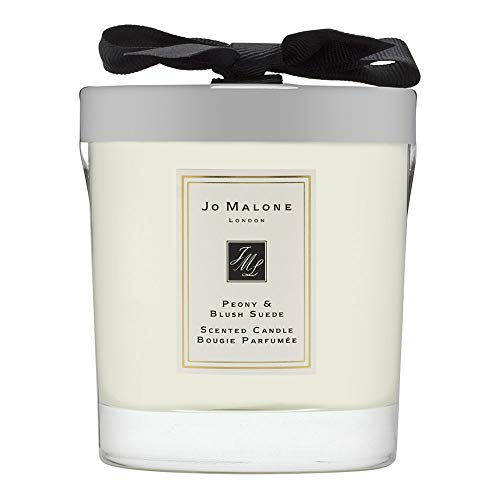
If you are a fan of floral scents, look no further than the Jo Malone scents. With notes of rose, peony, and honey, it is one of the most popular Jo Malone scents for a reason.
3. Not fixing tunneling
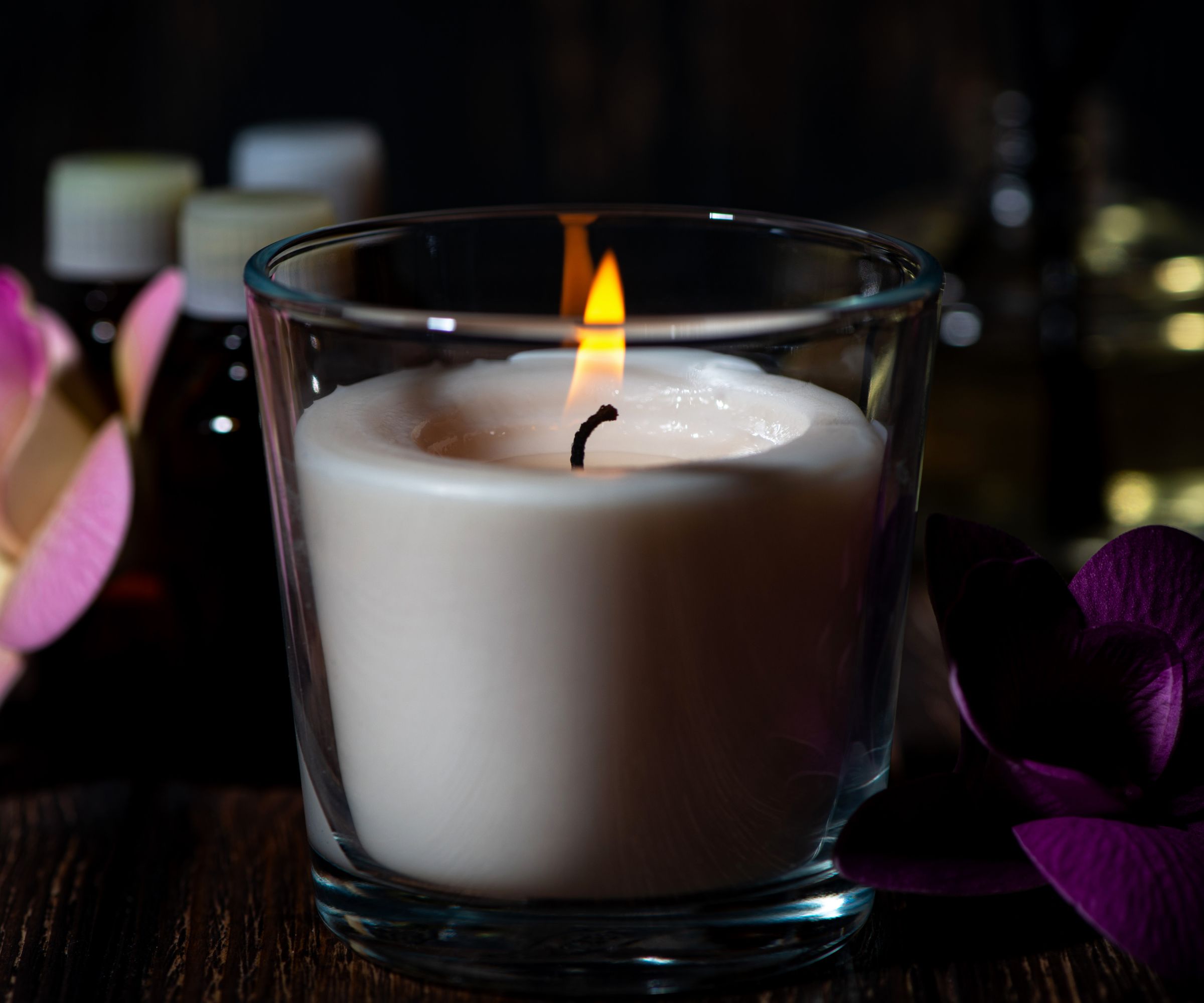
If your candle has tunneled, it's left a well in the center around the wick, with untouched wax around the sides and happened as it wasn't burned long enough the first time it was lit. In that case, it is important to fix the tunneling and restore an even surface before you continue to burn your candle, says Laura Honey, Homes & Gardens eCommerce editor and qualified master perfumer.
‘Tunneling can seem like a nightmare, but it is super simple to fix. Wrap some aluminum foil, available at Walmart around the top edges of your candle vessel, creating a ring around the edge so that some of the foil covers the edges of the candle wax. Keep plenty of the wax around the wick visible to allow air in.
‘Light the wicks and allow the candle to burn for an adequate amount of time. The ring of foil around the edge will help the heat to distribute more evenly across the candle surface, remelting the solid rim of the candle and flattening out the surface again.'
Allow the wax to set again before burning the candle as normal, which will mean it burns to the edge moving forward.
If your candle is tunneling on the first burn, it could be caused by a number of small defects, from poor-quality wax to too short a wick. Tunneling is caused by the flames not burning hot enough to heat up the whole surface of the candle, so leaving your wicks longer and making sure to invest in good-quality candles can help prevent this. Otherwise, wrap some aluminum foil around the top of the jar to help heat the candle evenly and fix the tunneling issue.
4. Burning your candle in a drafty spot

Candles make excellent home decor, but putting them just anywhere for the sake of aesthetics can affect the burn, and not for the better, reveals Laura McCann, candle expert. Putting your candle in a drafty spot, such as when styling a console table in an entryway, or by a window, can stop the candle burning evenly by disturbing the flame, she says.
Laura says, ‘The biggest candle tunneling culprit is location, location, location. Always place the candle in an area without drafts or strong air currents, as these are the main culprits in causing uneven burning.’
5. Burning your candle on the wrong surface
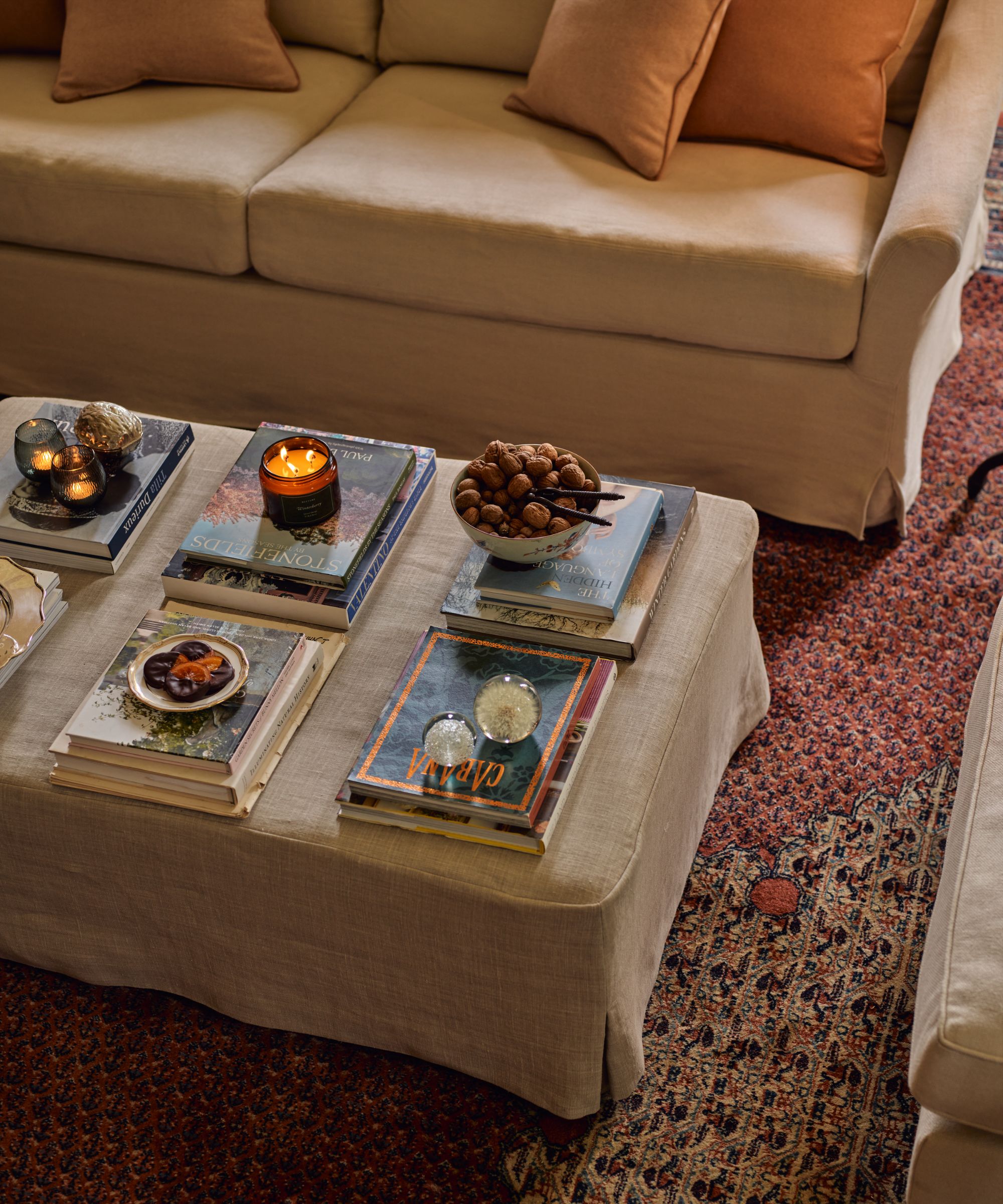
It is not just where your candle burns, but what it burns on, too, that can prove a disastrous mistake. Although they are contained in a jar or vessel, candles can damage your furniture through heat transfer.
This could even lead to a fire if you are not careful, warns Birdie Hansen, candle specialist. She says, ‘Always burn on a heat-safe surface. I like burning my candles on a coaster or marble trivet,’ such as this marble trivet from Amazon.’
6. Expecting too much from poor-quality wax
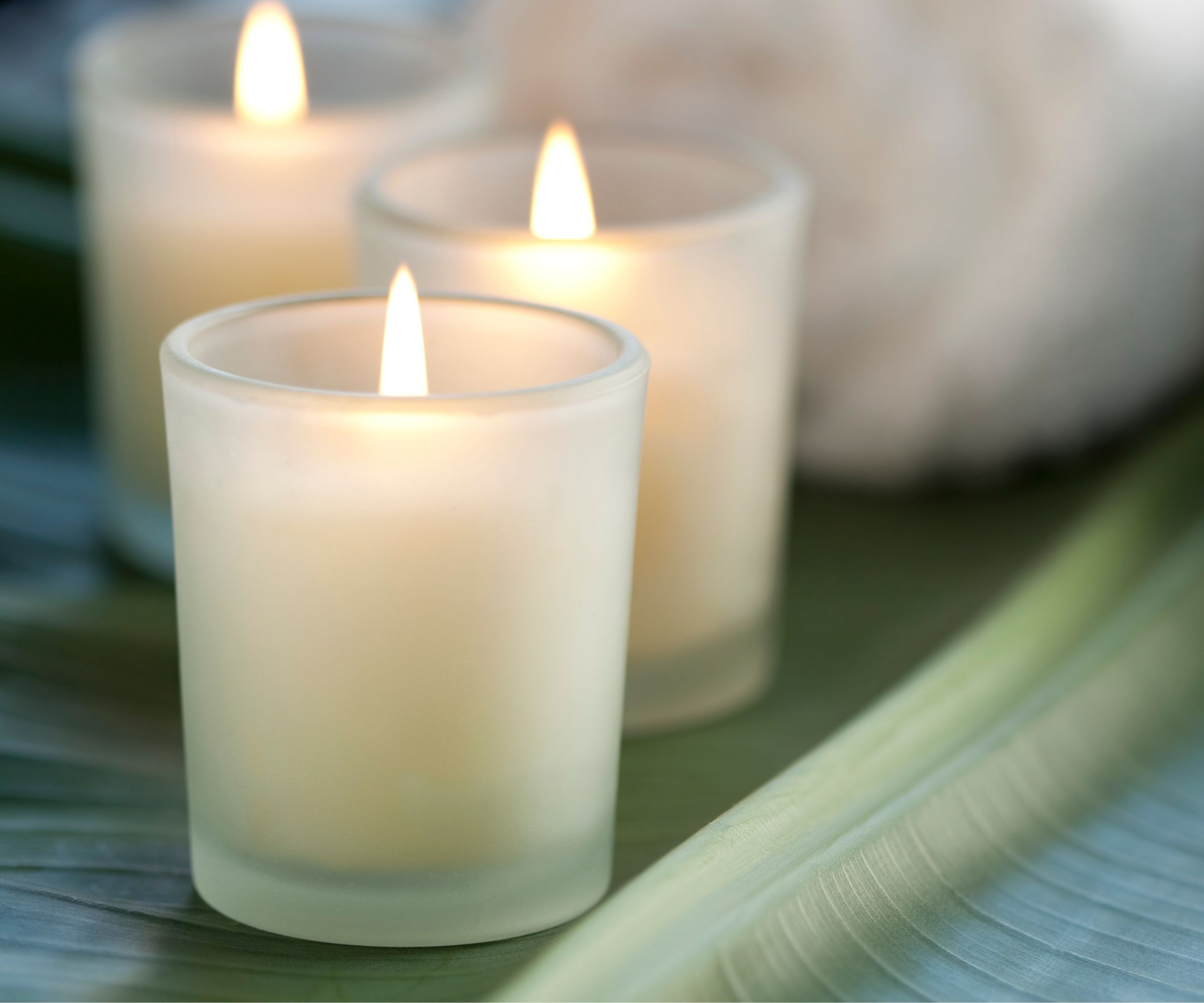
If you have gone for quantity over quality of candles for fragrance layering or to set a cozy mood in your home, it can be a mistake to expect them to have an even burn, or a strong fragrance, adds Birdie Hansen, candle specialist. The cheaper the candle, the more attention you need to pay attention to it for a good burn.
Birdie explains, ‘I strongly encourage investing in a few high-quality, super-fragrant candles that you love instead of buying cheaper candles just to have a home fragrance,’ she recommends. ‘If you want to make your candles last super long, invest in a candle warmer or lamp. They're flameless and will gently warm up the wax so it emits fragrance.
‘I urge you to avoid paraffin wax candles. Paraffin is petroleum-based and can release toxic chemicals when lit,’ Birdie says. ‘Instead, choose an all-natural wax for non-toxic candles. Manufacturers aren't required to disclose the ingredients in wax blends, so a candle that says soy wax blend could be mixed with paraffin wax. Buy from a brand that discloses each ingredient in their wax.
‘It is also essential to avoid ignoring the importance of a high-quality wick. Cotton wicks can be made of cotton that has been covered in pesticides. Wooden wicks are super cozy but can be harmful to the environment.’
7. Blowing candles out, not smothering
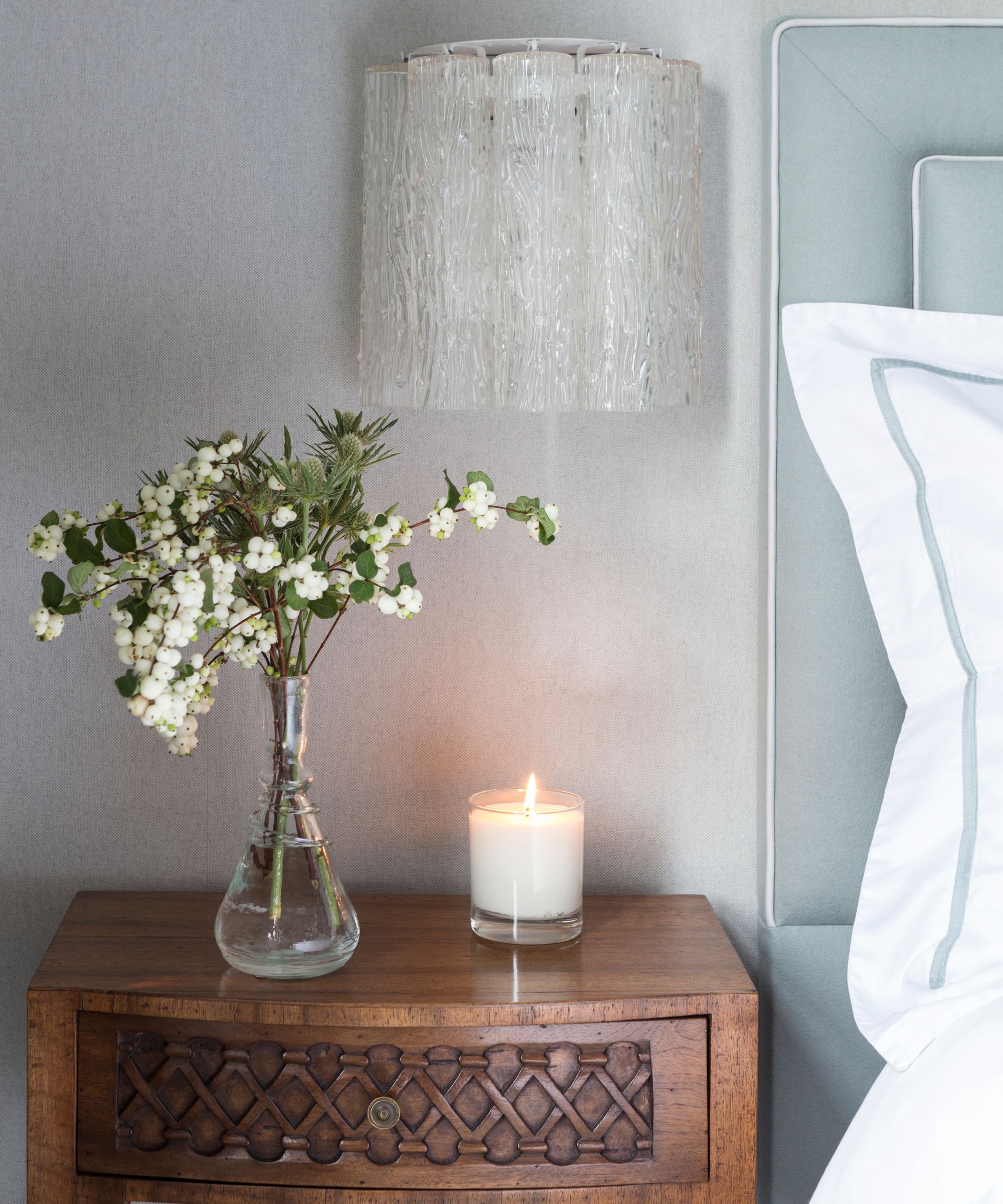
‘Blow out the candles’ is such a well-used phrase that we likely do not think much of puffing out the flame at the end of our desired burn time. However, this is arguably the worst way to extinguish a candle, creating more harmful smoke, displacing the melted wax, and introducing bacteria into the candle.
Beth Geddio, CEO and chief encouragement officer at State of Being, instead suggests that, after using a candle, you should use ‘a candle snuffer or gently dip the wick into the melted wax.’
This is especially important if you are using the candle in a meditation ritual, she adds, ‘When using a candle during meditation or a ritual, it’s important to be mindful of how you extinguish the flame. Instead of blowing it out without thinking, which can abruptly disrupt the energy, consider this as an integral part of your practice. This simple act can enhance the overall experience and help maintain the sacredness of your ritual,’ she explains.
8. Burning them under something
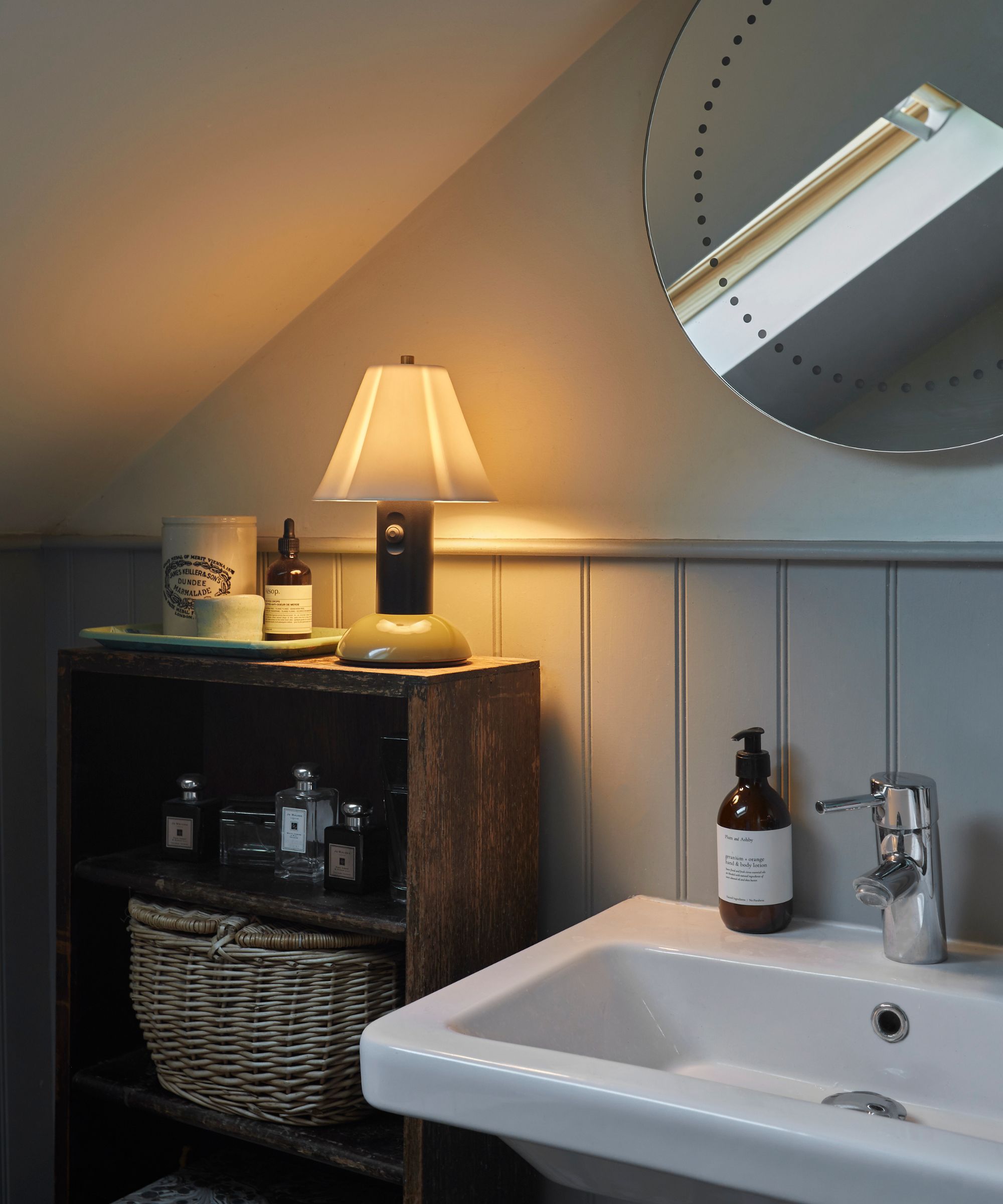
Candles, no matter how small, should never be burned underneath something. The space above should be completely clear from the top of the wick to the ceiling above. This prevents the candle from accidentally catching something alight and prevents items above from being darkened by smoke. This means checking that everything from flowers in vases to lampshades are out of the way before you light your candle.
You should also always be sure to never leave the candle unattended, even when the area around it is clear, adds Alison Lange, boutique owner and interior designer at Honey Mercantile, ‘This is a serious safety hazard. Never leave a burning candle unattended, especially around pets, children, or flammable objecC
9. Letting wicks drown
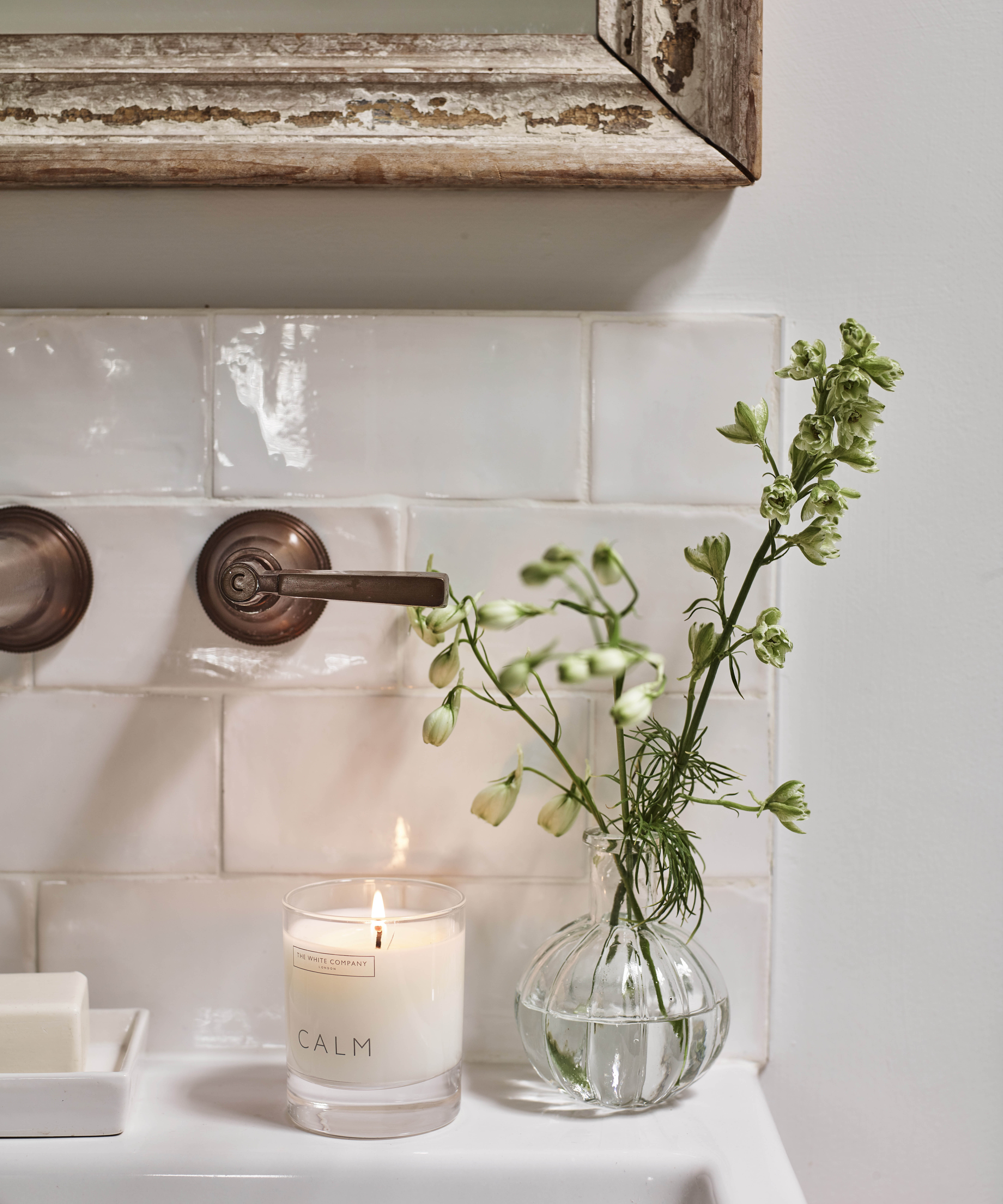
One of the worst deaths a candle can suffer is a drowned wick, often rendering the candle useless unless you go in and do some serious surgery on the wax to try and free it. To prevent this, avoid trimming your wick too short.
If your melted candle wax is drowning your short wick, then you will need to carefully remove some of the excess wax before it has the chance to dry out. To do this, extinguish any flame and dip a clean cotton pad into the melted wax, letting it soak up some of the liquid.
Repeat this step as necessary until the wax line is clear of your wick top. Be careful not to touch the hot wax, using tweezers to protect your skin, and be sure that any embers have been extinguished to prevent your cotton pad from catching alight.
You can then use these dried, waxy cotton pads as small fire lighters for home fireplace ideas, or in the bottom of bin liners to mask musty odors.
10. Not recentering the wick

Just because you have extinguished the flame doesn't mean you are done with candle care.
etúHOME's creative director, Jessica Quittard says, 'After blowing out the candle, don’t forget to re-center the wick. Doing so before the wax solidifies helps maintain an even burn the next time you light it.'
Remember to use a pair of tweezers to do this to avoid burning yourself on the hot wax.
11. Using candles too often
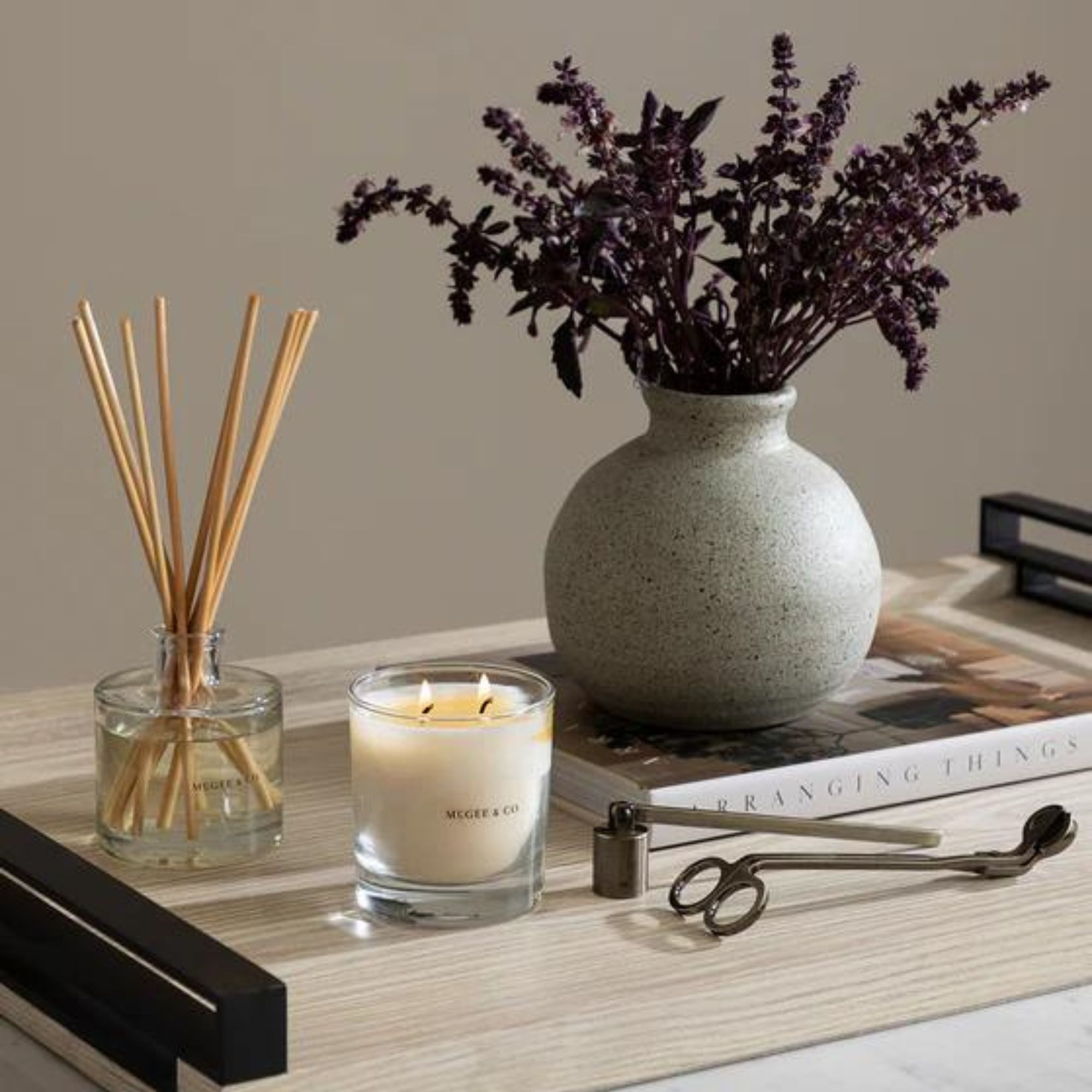
A candle is not your only option for scenting a home, and relying on it too heavily can prove to be a mistake in and of itself.
The candle experts at the Applewood Candle Co. explain that ‘A candle provides a great ambiance – it adds a warm glow to any room, the crackling ambiance of a wooden wick (our favorite!) and, of course, a burst of scent. But, a candle shouldn't always be your go-to way to scent your home.
‘If you want a continual wave of scent, we always suggest giving a reed diffuser a try. The best reed diffusers work with the airflow in the room, so you are able to truly customize your scent experience, and there will always be a pleasant scent in the room. Or, if you need an instant burst of scent, (say, if friends or family stop by unexpectedly), try a room and linen mist – this will cover up any unwanted odors and refresh your room instantly.’
Fixing these candle burning mistakes is just one part of the puzzle when trying to prolong the lifespan of your candles. How you store them makes a world of difference too. Store them in a cool, dry, dark area with lids on to help prevent them from melting in direct sunlight and letting fragrance escape. Keeping them in a spot that doesn't experience fluctuations in humidity or temperature is your best bet.

Chiana has been at Homes & Gardens for two years and is our resident 'queen' of non-toxic living. She spends most of her time producing content for the Solved section of the website, helping readers get the most out of their homes through clever decluttering, cleaning, and tidying tips. She was named one of Fixr's top home improvement journalists in 2024.
